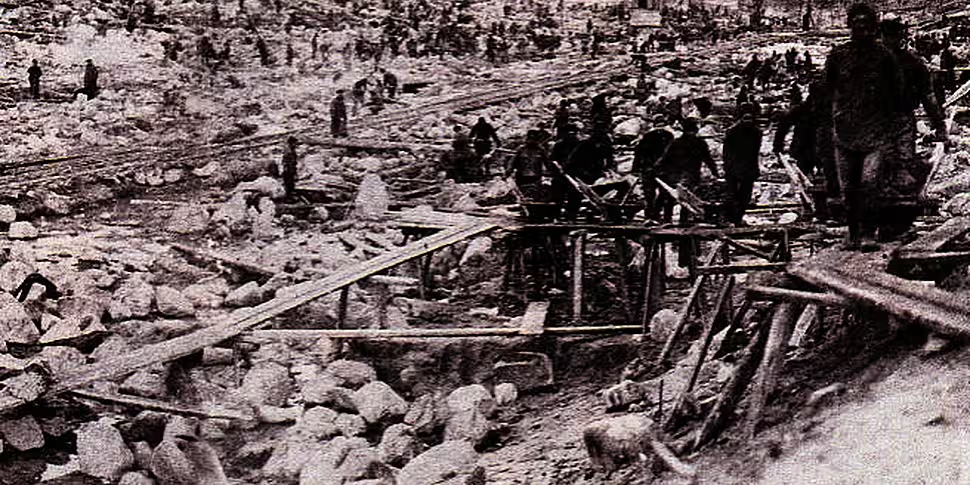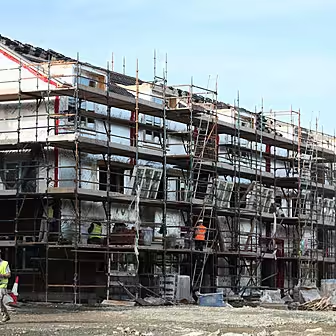In the aftermath of the Russian Revolution the newly empowered Bolsheviks established the GULAG. This government agency, tasked with administering forced labour camps, became a byword for political repression. Dissidents who avoided the firing squad disappeared into these Corrective Labour Camps, many never to return.
Not all Gulags were remote prisons in the Siberian tundra though, and its wasn't just political prisoners who suffered there.
There were more than 30,000 camps across the Soviet Union, from the coast of the Caspian Sea to the eastern reaches of Siberia and the Bering Strait. Anyone deemed an enemy of the Soviet Union, from common criminals to political dissenters and enemy soldiers, could find themselves put to work in these harsh environments.
Though the GULAG agency itself was wrapped up in the 1950s, these camps continued to operate into the late '80s. This prolonged use entwined the Gulags with the idea of the Soviet State. While conditions improved over time in one of these camps was a terrifying prospect, one used to keep much of the population in line.
Join Professor Patrick Geoghegan as he talks with social historians an experts about the Gulags, how these camps operated, and what it was like to live (and all too often die) in them.









